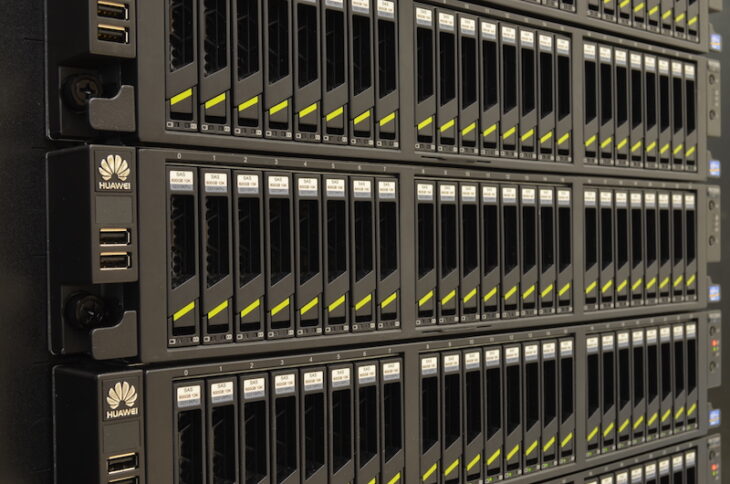Podcast: Play in new window | Embed
Dominick asked: “I’m setting up a storage server and I have 5 WD Red hard drives. In the server setup, it’s asking for what RAID I should use. There’s RAID 0,1,5 and 10. I was wondering which one I should use. I looked at some articles, but really don’t get the difference between them.”
Dominick, the question is what are you looking for? Speed or redundancy?
RAID 0
RAID 0 is all about speed, it reads and writes to several disks at once to be as quick as possible and it does 0 backup. The positive there is that you get very fast performance, the bad side of it is that if a single one of the disks dies, you lose your data. Basically, RAID 0 acts as a single, very fast disk.
RAID 1
RAID 1 is the opposite, it doesn’t care about performance but about protecting your data. If one disk dies, it doesn’t really matter because the exact same data is copied onto the other ones. RAID 1 keeps an exact backup at all times, but you can only have the storage space equivalent of a single disk, since the other ones are just mirrors.
RAID 5
RAID 5 requires a minimum of 3 disks and it distributes the information across the drives to make access fast, but to also allow for the failure of one of the drives. If one drives does fail, then the data can be rebuilt from the others, but it will probably take a long time to do it. It could easily take a full day to put your data back together.
RAID 10
RAID 10 is actually more RAID 1+0 than 10, it uses a minimum of 4 disks to do both RAID 0 and RAID 1 at once. The data is spread across several disks, but each one also has a mirror. What that means is that each drive has a constant backup and recovering the data in case of failure is far faster than recovering it from a RAID 5 array, since all it takes is copying the information from that disk’s backup to the replacement. The data is also spread across several disks so you can get performance improvements like you do with RAID 0.
he difference between 5 and 10 is that 5 assumes only one disk will fail at once
The difference between 5 and 10 is that 5 assumes only one disk will fail at once, if more than one does their data cannot be recovered. With 10 the data can be recovered, but the array has to waste half of the storage it could have, since it’s turned into a constant backup.
RAID 10 read speeds are faster than RAID 5’s, but RAID 5 allows you to get more useable storage out of the same disks and still have a backup, and it has faster write speeds.
The question is, how much do your backups mean to you, and how much does your performance mean to you? For performance and nothing else RAID 0 is your friend, the other options offer different levels of backup with different advantages and disadvantages.


